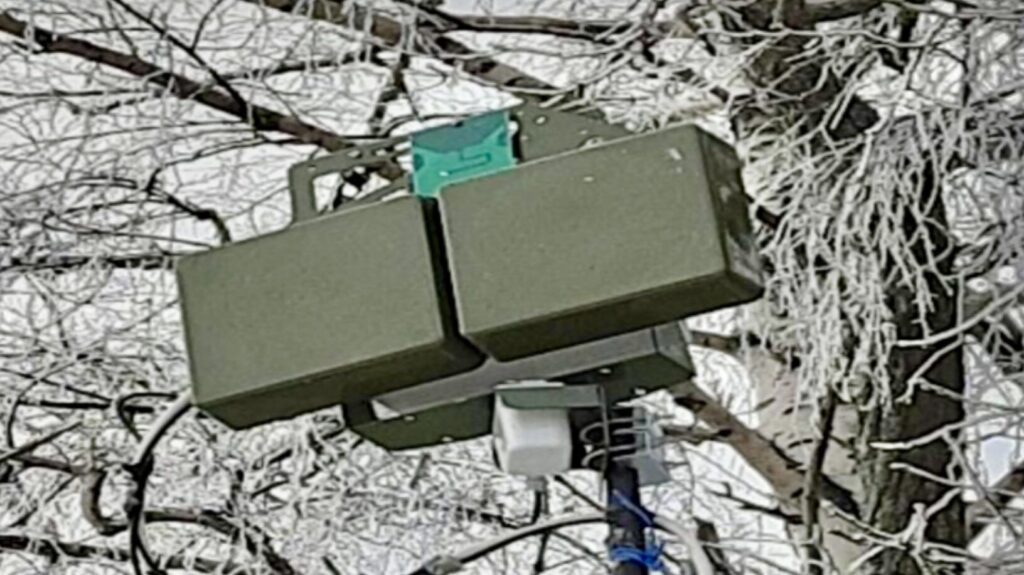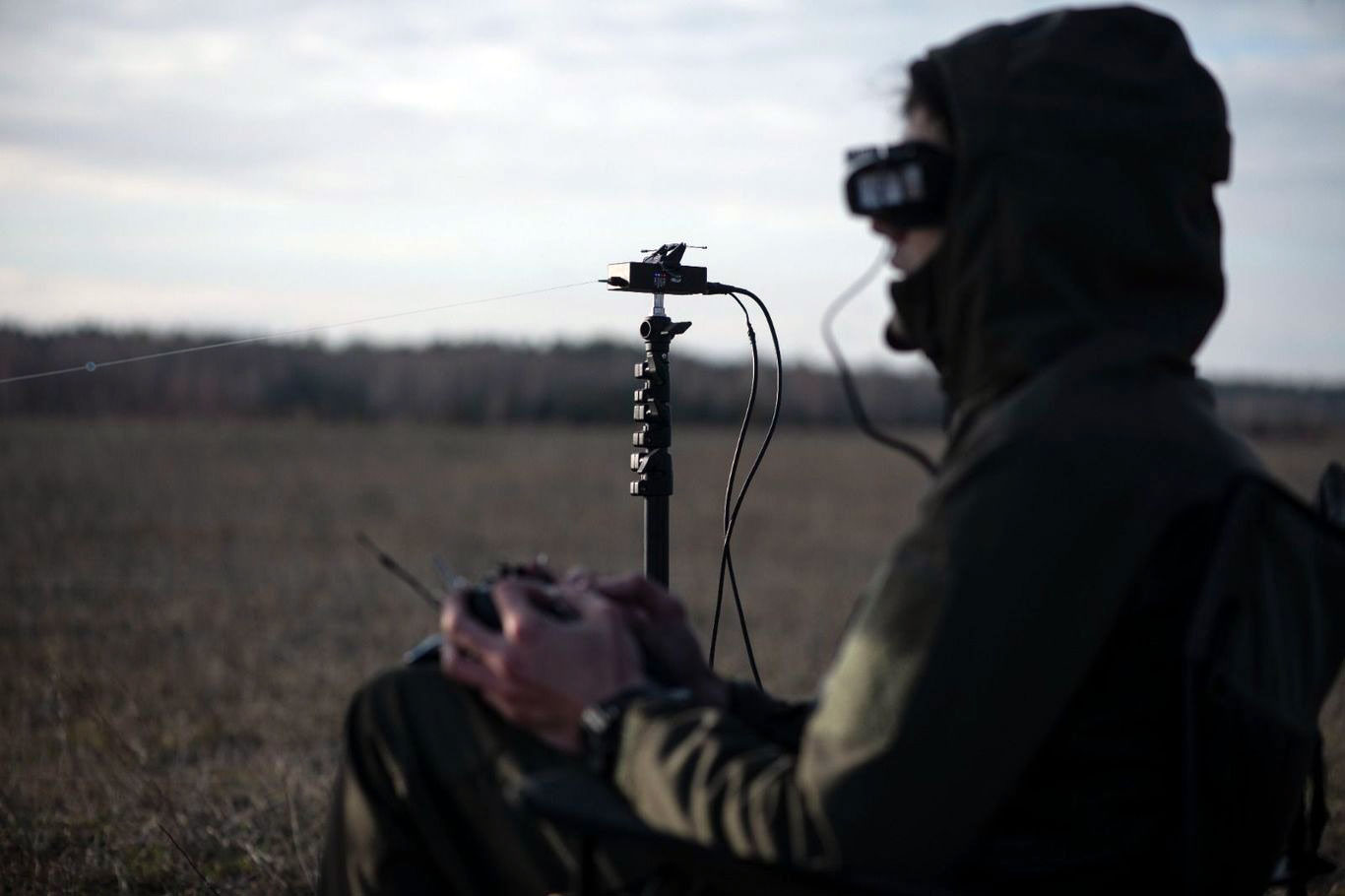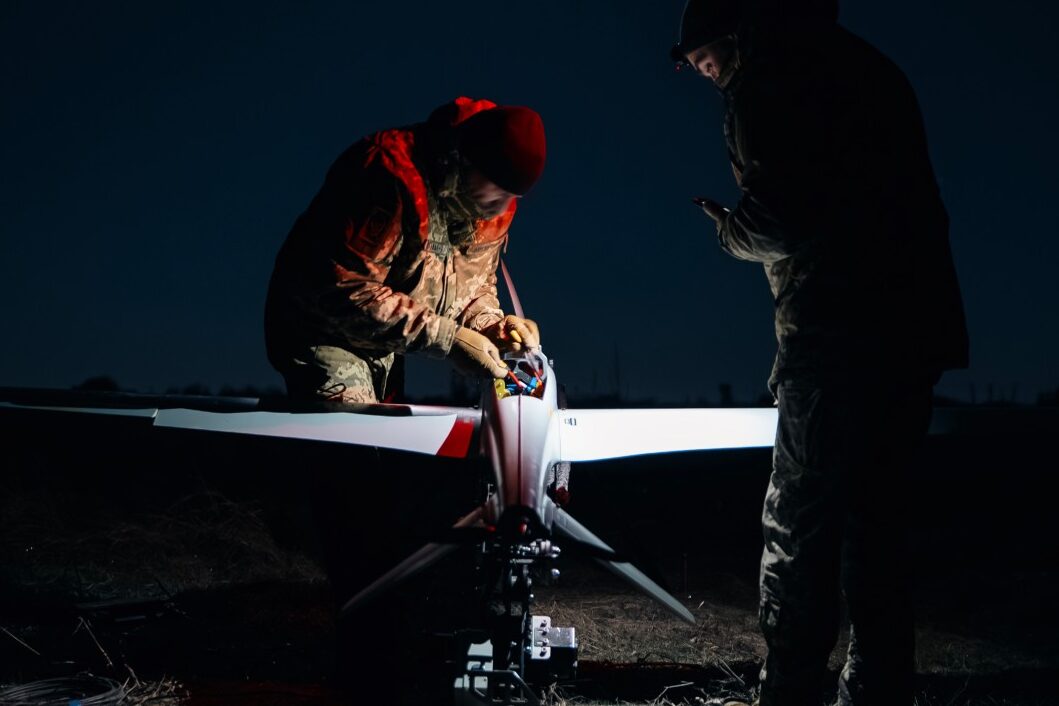Ukrainian drone operators are now hunting the hunters. Across the front line of Russia's war on Ukraine, a new electronic predator called the Black Eye is silently stalking the battlefield, threatening to neutralize what may be Ukraine's most decisive advantage.
This isn't just another piece of Russian hardware—it's a technological countermove in a rapidly evolving electronic chess match. And it appears to be much better-made—and thus much more effective—than previous Russian jammers.
The Black Eye creates a dome of electronic silence that doesn't just blind Ukrainian forces—it potentially disarms them.
Drones aren't just for surveillance—they've become Ukraine's primary weapon in many sectors, with entire engagements fought without troops ever seeing each other. By targeting the operators rather than the drones themselves, these jammers could effectively shut down both reconnaissance capabilities and precision strike operations in a single blow.
Ukrainian forces are worried. Serhii “Flash” Beskrestnov, a leading Ukrainian drone expert, called the Black Eyes “dangerous.” Now, Ukrainian drone operators are hunting down the jammers as fast as they can. Faster, they hope, than the jammers proliferate.
The Black Eye is a suitcase-sized radio noisemaker that can muddle the signals that control all but the best fiber-optic drones. According to an electronic warfare expert who writes under the pseudonym “Roy,” Black Eye can ground surveillance and attack drones from as far as 4 kilometers away, “when located high enough.”
Unlike many other jammers, which target the drone, the Black Eye targets the drone’s operator—blocking a drone’s command signal at its source. The new jammer “is appearing across the whole front,” Roy wrote. “This is a serious development for Ukraine.”

The Black Eye jammer threatens to nullify Ukraine's critical drone advantage across the front line. While Ukraine has begun deploying fiber-optic drones that are immune to jamming—using physical cables instead of radio signals to transmit data—these specialized units remain in limited supply.
Unlike traditional drones that rely on vulnerable radio signals, fiber-optic drones use cables to transmit data, providing a more secure connection and making them less susceptible to electronic warfare attacks. The Black Eye jammers pose little threat to these unjammable fiber-optic drones, but the vast majority of Ukraine's surveillance and attack drone fleet still relies on conventional radio controls—leaving them vulnerable to Russia's increasingly sophisticated electronic warfare measures.
Not invincible, but challenging
Trending Now
The jammer isn’t perfect, however. “It just has to have radio line-of-sight to [drone] operator positions, which is why Black Eye is typically located as high as possible,” Roy said. Towering high above the battlefield, a Black Eye stands out. This “helps Ukraine to find them,” Roy explained.
Ukrainian drone teams, which don’t yet possess large numbers of unjammable fiber-optic drones, are deliberately hunting down the Black Eyes. If the teams can’t blunt the Black Eye jamming, they risk losing their drone edge, arguably the decisive factor in the Ukrainian armed forces’ mostly successful defensive campaign this year.

“No Russian tank would survive”: German Leopard 2A4 withstands 10 FPV drone strikes in Ukraine
The operators of the jammer-hunting drones must use control systems with non-standard frequencies in order to dodge the radio noise emitted by the very jammers they’re trying to destroy. But the Russians can match and jam those non-standard frequencies by adding antennae to their Black Eyes.
A complex electronic chess match is raging as Ukrainian drones target the Black Eyes that are targeting them back. The jammers “are being located and destroyed,” Roy said, “but that necessarily takes some time for each one, and apparently they are in mass production and appearing across the whole front.”


